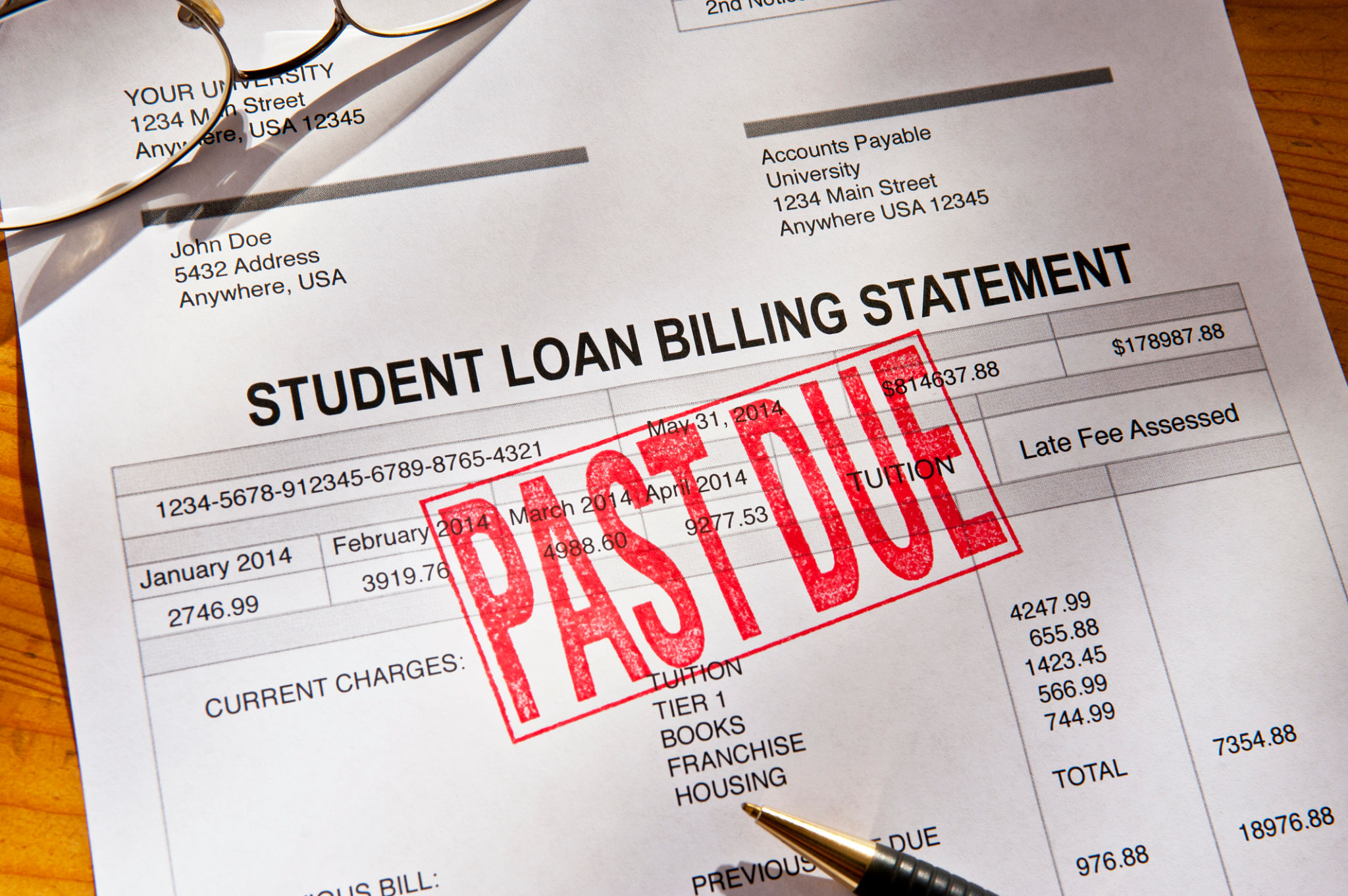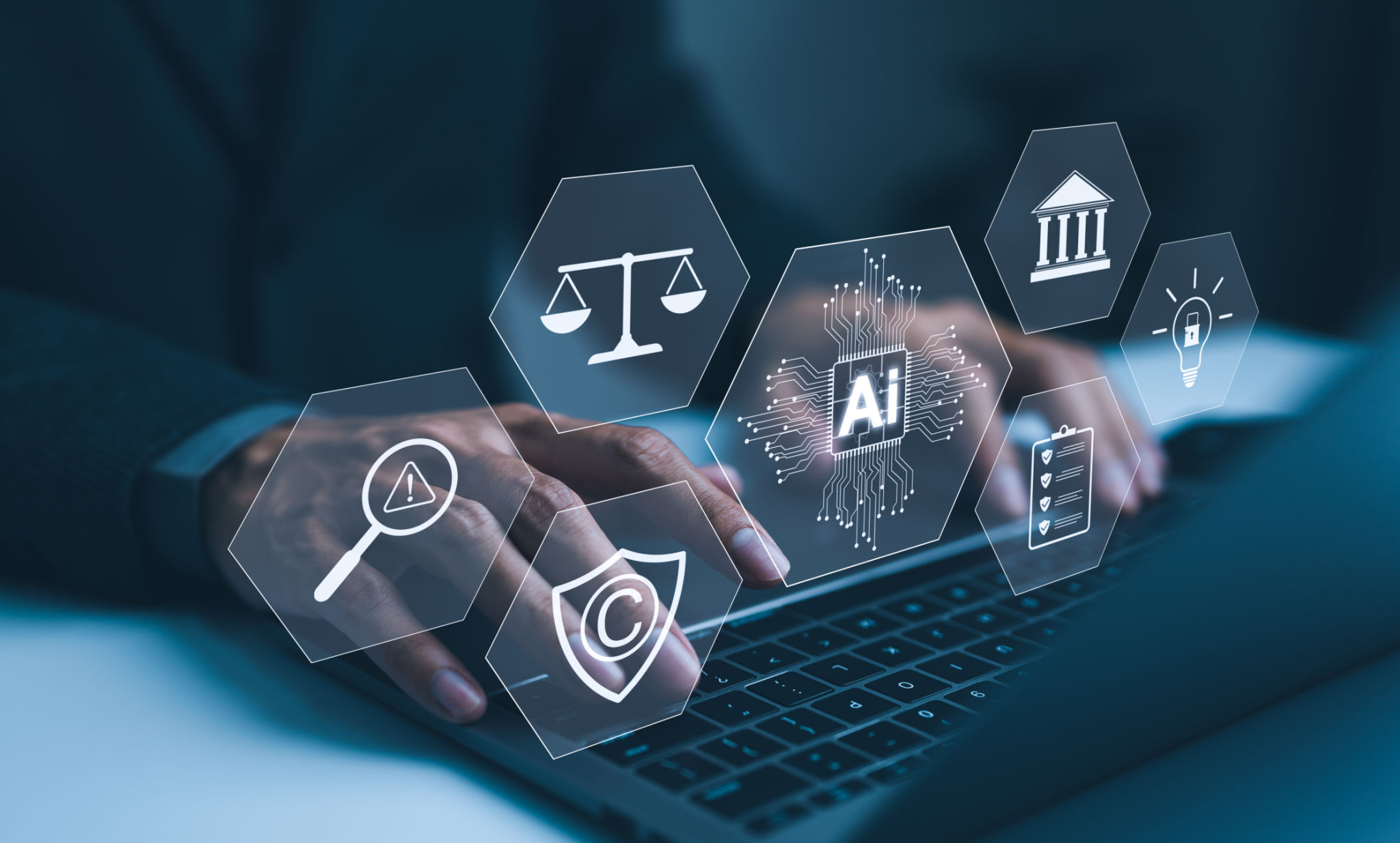Exploring Current Trends in Student Loan Forgiveness Programs
Understanding the Basics of Student Loan Forgiveness
Student loan forgiveness programs have garnered significant attention in recent years, especially as the cost of higher education continues to rise. These programs are designed to alleviate the financial burden on graduates by canceling part or all of their student loan debt. Understanding how these programs work is crucial for both current students and graduates navigating repayment options.

One of the most well-known programs is the Public Service Loan Forgiveness (PSLF), which forgives the remaining balance on Direct Loans after 120 qualifying monthly payments under a qualifying repayment plan while working full-time for a qualifying employer. This encourages graduates to pursue careers in public service by offering a financial incentive.
The Shift in Government Policies
Recent shifts in government policies have expanded the scope of student loan forgiveness programs. The Biden administration, for example, has made student loan reform a priority, proposing changes that could significantly impact current and future borrowers. These changes aim to simplify the process and make forgiveness more accessible to a broader range of individuals.
The introduction of income-driven repayment plans has also played a role in shaping current trends. These plans allow borrowers to repay loans based on their income, family size, and state of residence, potentially reducing monthly payments and leading to eventual forgiveness after a set period.

Eligibility Criteria and Challenges
While student loan forgiveness programs offer hope, the eligibility criteria can be complex and challenging to navigate. Borrowers must meet specific requirements related to their employment, repayment plan, and payment history. Missing even one qualifying payment can disqualify an applicant from receiving forgiveness.
Moreover, the application process itself can be daunting. Borrowers need to stay informed about deadlines, required documentation, and any legislative changes that may affect their eligibility. The complexity of these programs often requires individuals to seek guidance from financial advisors or legal experts.
Emerging Alternatives and Innovations
In response to these challenges, new alternatives and innovations are emerging in the realm of student debt relief. Private companies and non-profit organizations are offering solutions such as employer-sponsored repayment assistance programs. These initiatives provide financial support by helping employees pay down their student debt as part of their benefits package.

Additionally, some educational institutions are introducing income share agreements (ISAs) as an alternative to traditional loans. Under an ISA, students agree to pay a percentage of their future income for a set period instead of taking out loans, aligning the cost of education with post-graduation earnings potential.
The Future of Student Loan Forgiveness
The landscape of student loan forgiveness is continually evolving, with ongoing discussions about broader reform measures. Policymakers are exploring options such as expanding existing programs, introducing new forgiveness initiatives, and addressing systemic issues that contribute to rising student debt.
For borrowers, staying informed about these trends is essential. By understanding their options and actively engaging with available resources, individuals can make informed decisions that align with their financial goals and reduce the burden of student debt.